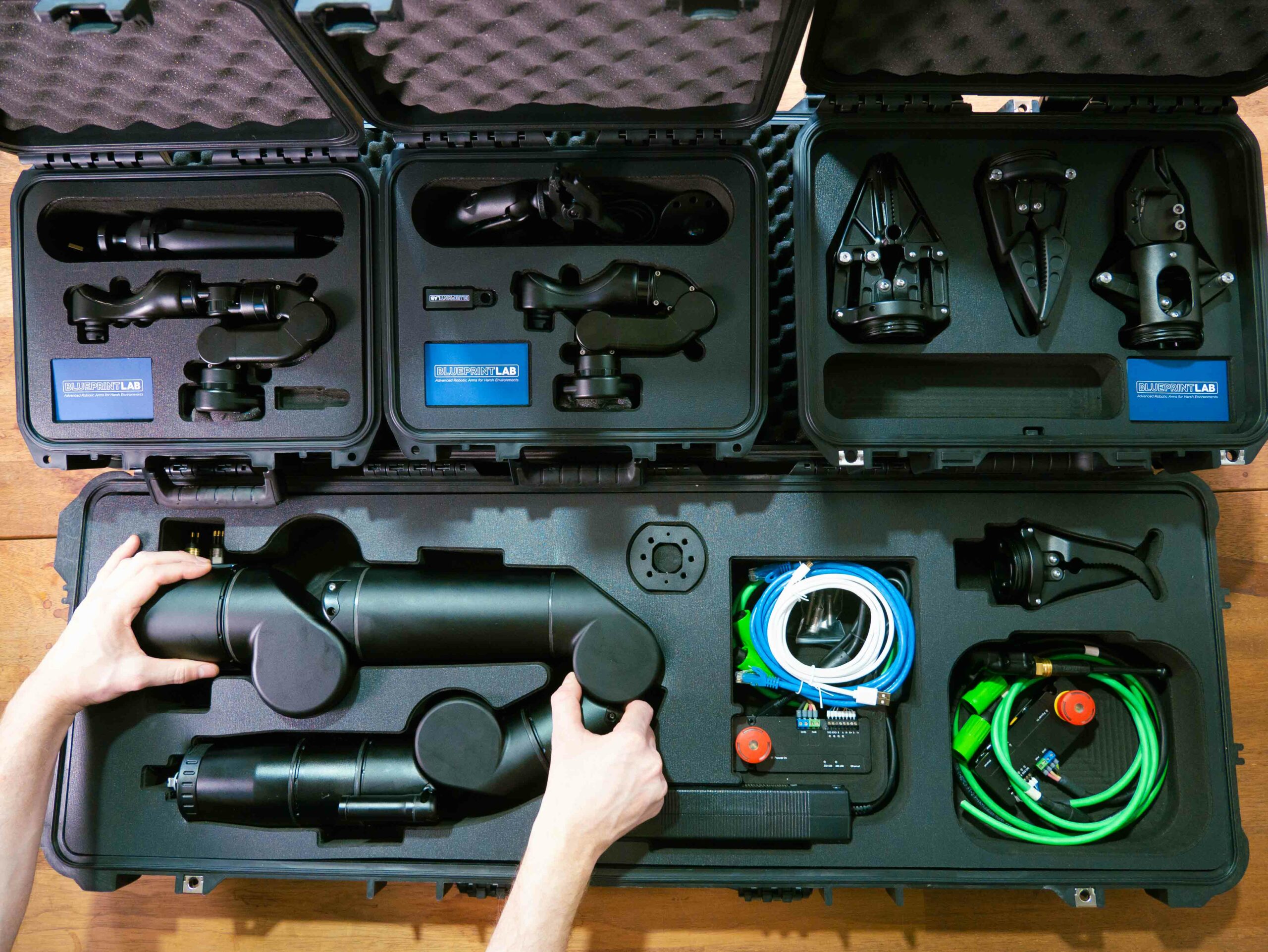What is Quality Control?
At Reach Robotics, we subject all our manipulators to a quality control process that includes parts inspection, burn-in testing, vacuum testing, dynamic testing, pressure testing, and insulation testing. These tools and techniques ensure they meet the high standards required to operate in harsh environments.
Quality control combines inspection and verification activities that ensure all parts and builds comply with design parameters.
When does quality control occur in the build process?
Quality control occurs throughout the build process, from inspection of incoming parts to sub-assembly testing to final outgoing verification. Each part received from suppliers is tested against specifications & tolerances. During the build, each sub-assembly is tested against key performance parameters. Finally, the Alpha and Bravo manipulators are subjected to a barrage of outgoing verification tests before shipping to our customers.
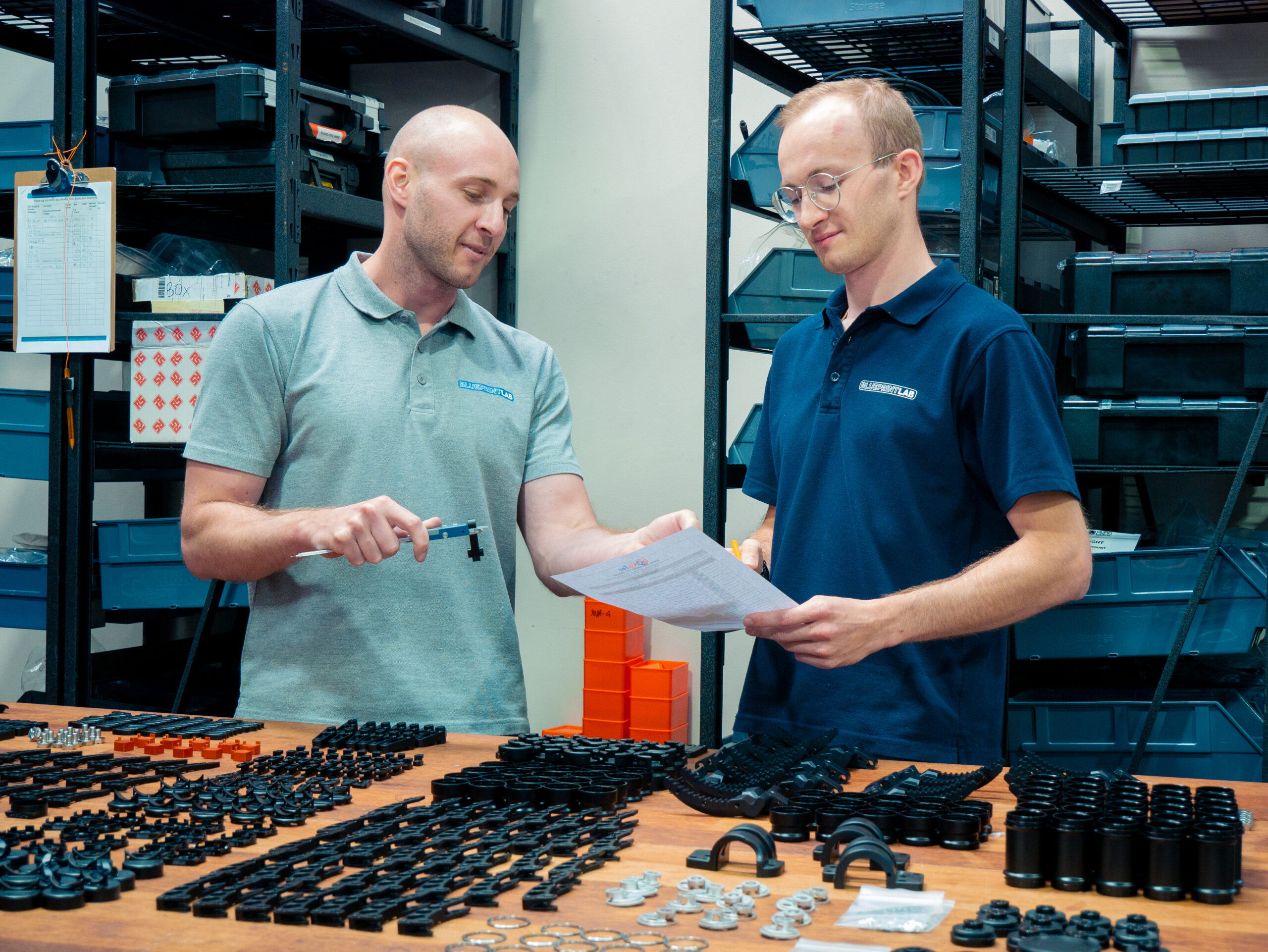
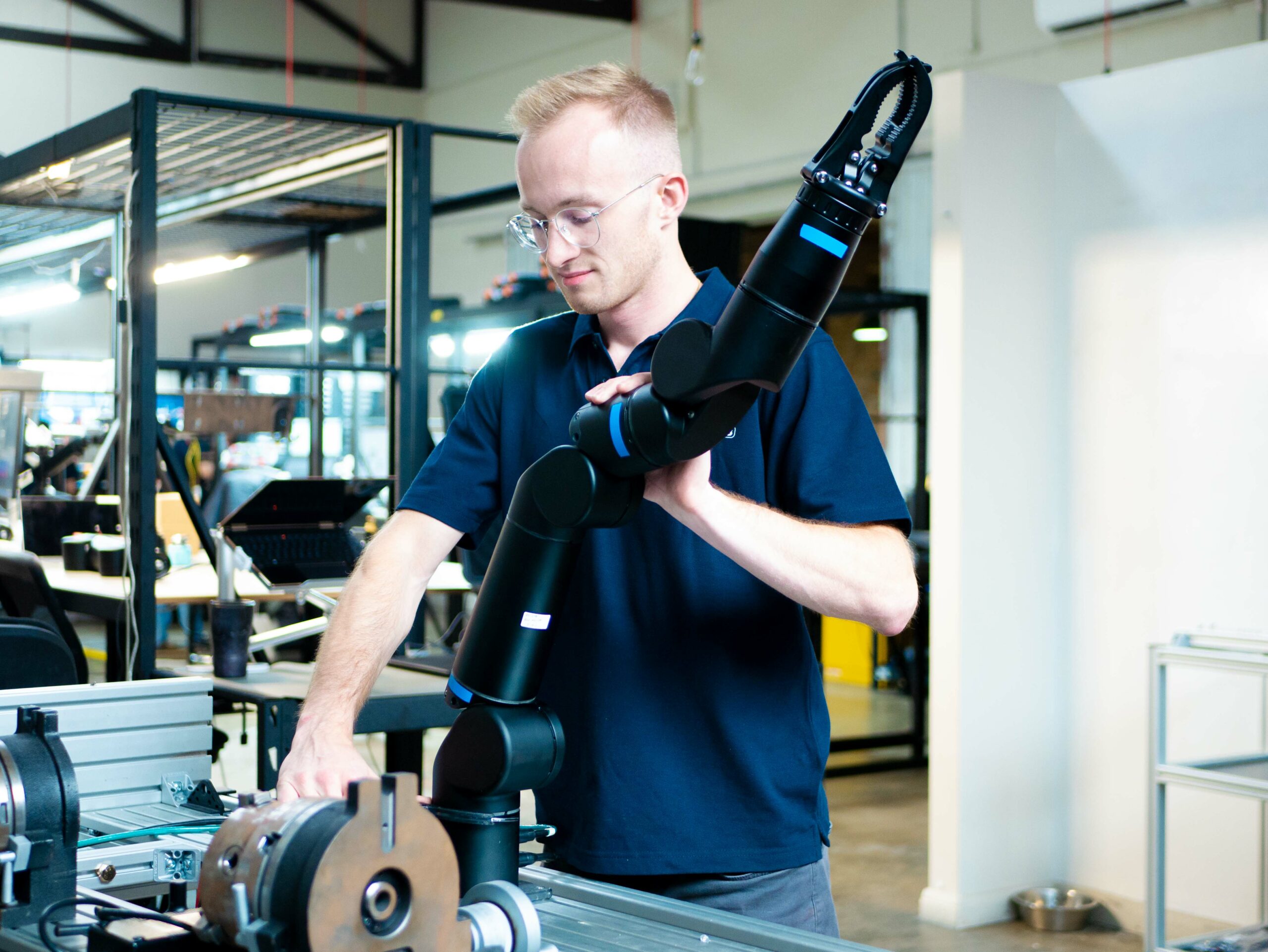
What is a burn-in test?
A burn-in test is where the end effector of a manipulator is weighted, and the arm is programmed to complete a repeating sequence of movements for a set amount of time. In the case of Reach Bravo, the end effector grips a 5kg weight and maneuvers it through the full range of motion for 1 hour. This simulates a high workload for the Reach Bravo that will expose any potential mechanical problems that might have occurred during production.
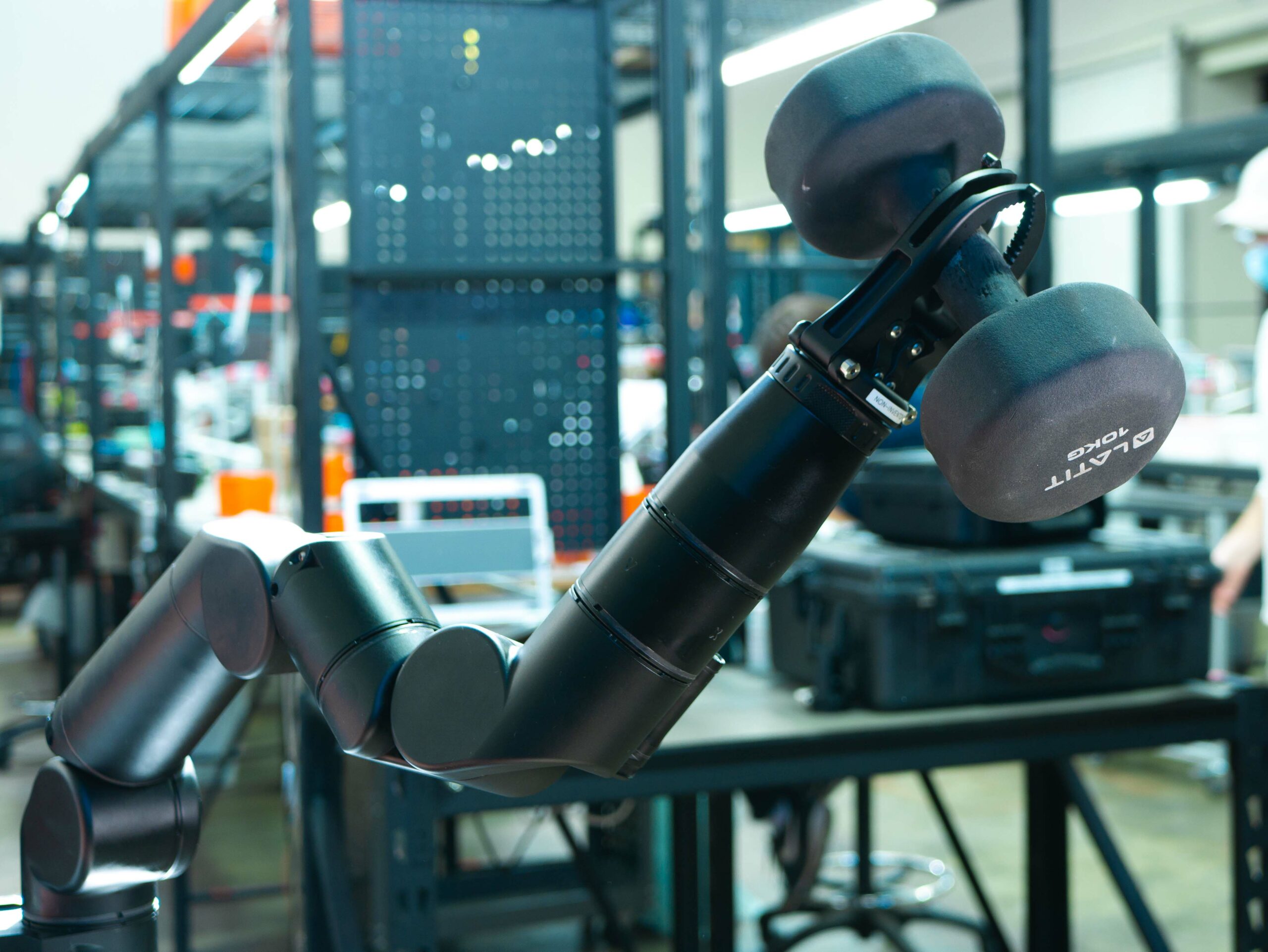
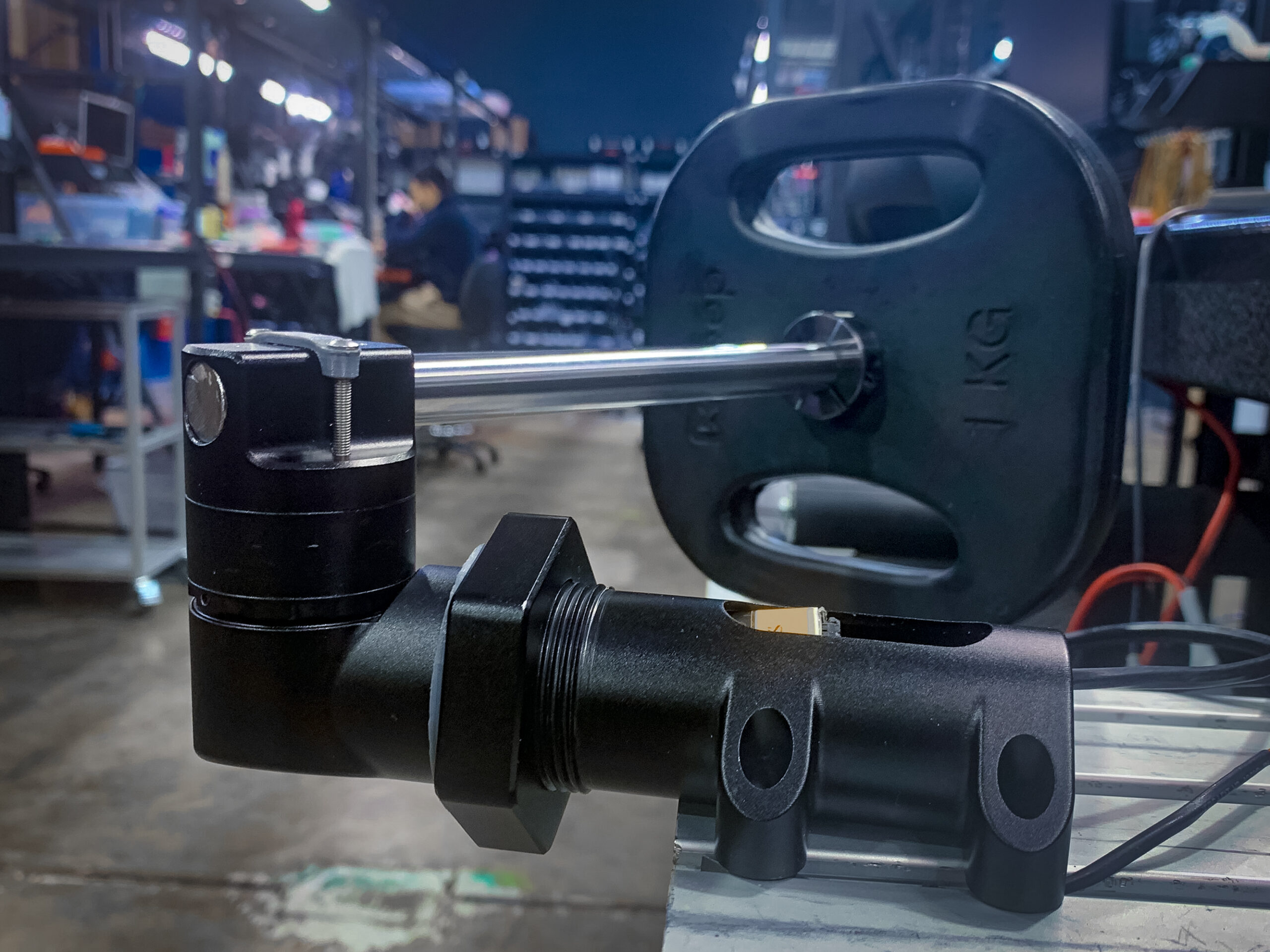
What is a vacuum test?
In a vacuum test, all the air is pumped out of the arm and the onboard sensors are used to monitor the pressure in the arm. Any pressure increase in a module shows that this module is leaking, and further investigation is needed. This test lets us know if the manipulator is safe to submerge before we put it in the pressure tank for hydrostatic testing.
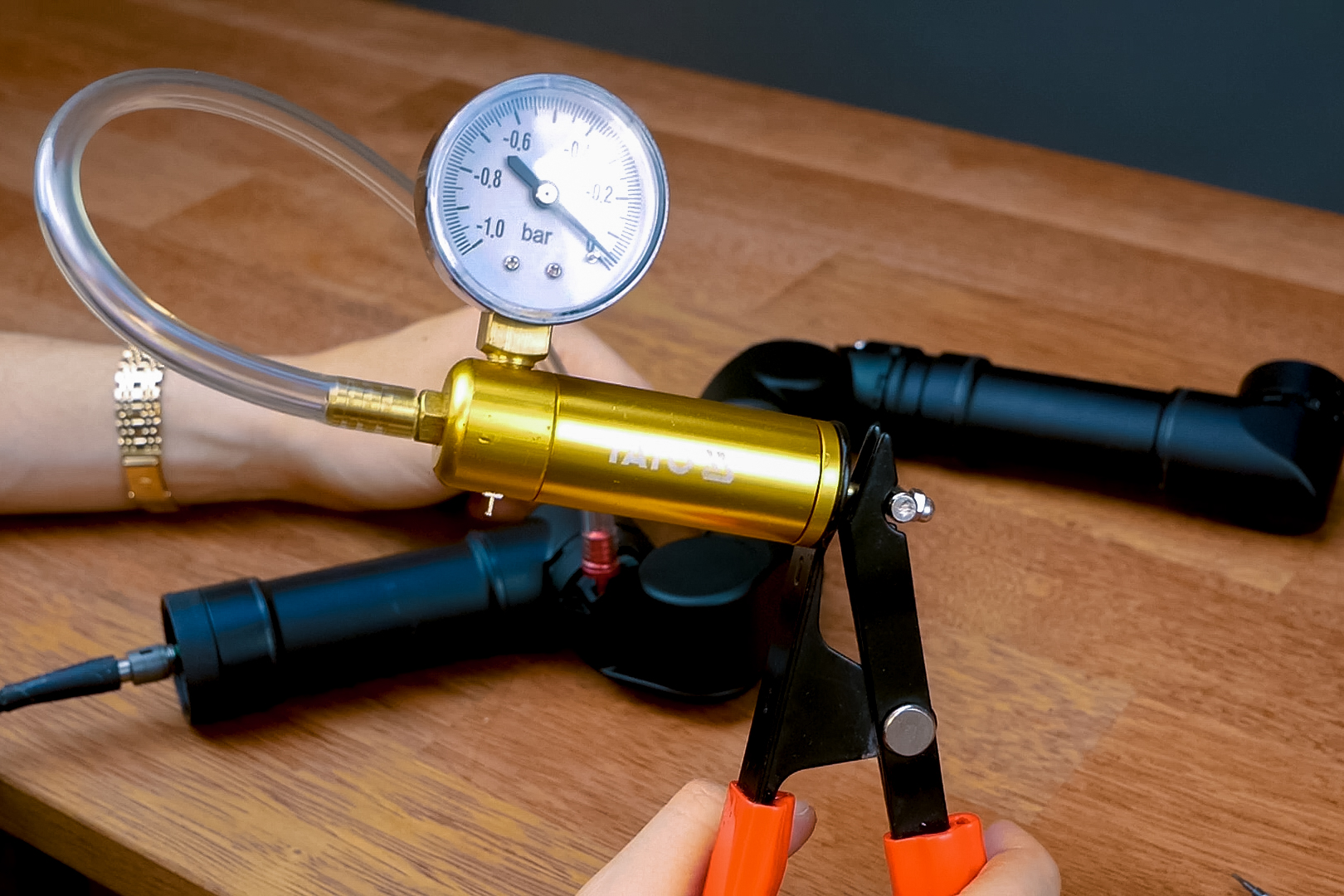
What is a hydrostatic pressure test?
The assembled and vacuum-tested arm is put into the pressure vessel filled with water in a pressure test. The pressure in the vessel is then increased until the maximum depth rating for the product is simulated. During this test, the manipulator completes a set of movements that confirms all the dynamic seals are holding pressure. The arm is in the tank for an hour, throughout which climate data is recorded, which is checked during and after the test to look for leaks.

What is a dynamic test?
A dynamic test is simply a test where the product is moving throughout. For example, our robotic manipulators move around during hydrostatic pressure testing to test that the dynamic seals hold pressure even when the arm is moving.
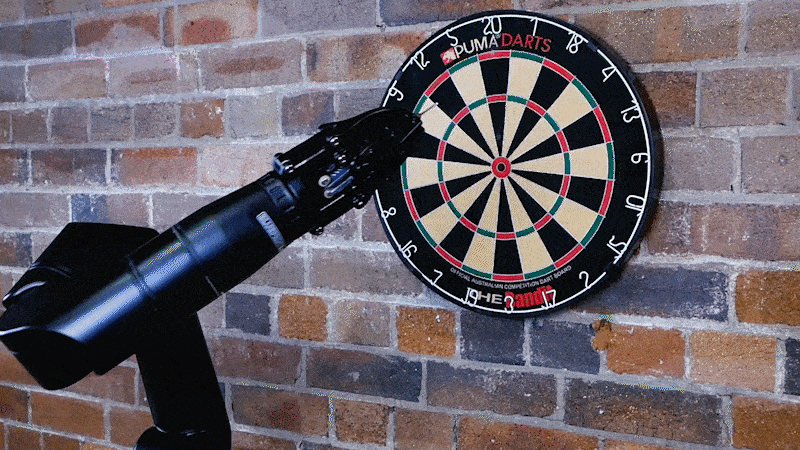
What is an insulation test?
A “Megger” (or insulation) test ensures our robotic manipulators meet outgoing verification standards for harsh environments. Robotic manipulators are often placed in environments or situations with the risk of the external housing being exposed to high voltages. When these voltages become high enough, they have the potential to conduct or “jump” to unwanted locations of lower electrical potential (e.g. the internal electrical sub-system) and damage critical components if the isolation or “separation” between these systems and the external housing is not up to our outgoing verification. To ensure this isolation is great enough, a Megger test is conducted to verify the system’s robustness to perform reliably in these harsh situations. This is done by placing a high voltage charge onto the external body of the manipulator and measuring the resistance between it and each of the power supply and communication pins.
Make sure to check out Reach Robotics’s range of robotic manipulators discussed in this article.
